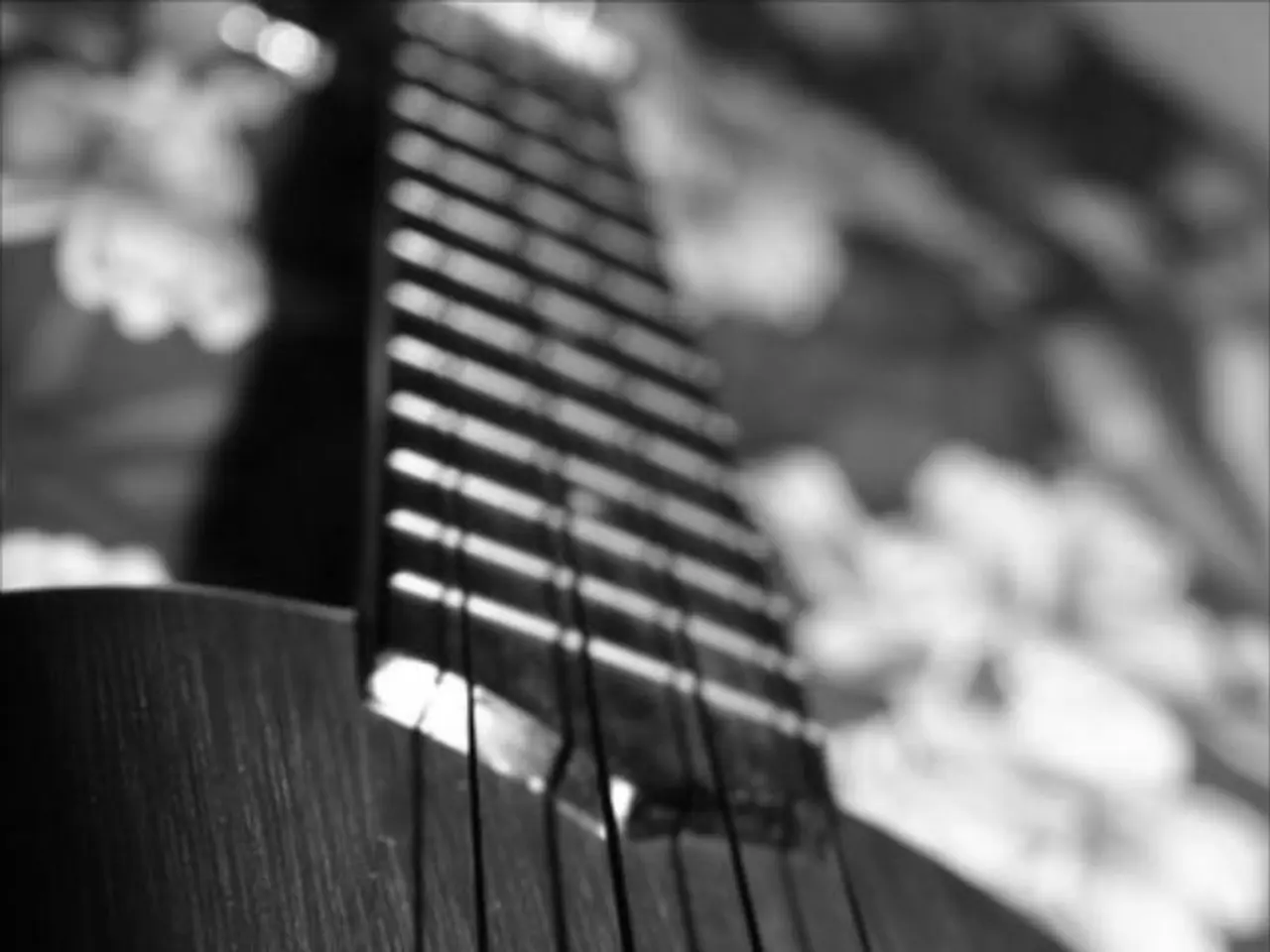Decoding the Bass Clef: Essential Sheet Music Fundamentals
The bass clef, also known as the F clef, is a vital musical symbol that helps musicians read and write lower-pitched notes easily. Centred around the fourth line on the staff, the bass clef represents notes below middle C.
This clef is essential for a variety of instruments, including the piano (left hand part typically notated in bass clef), bass guitar, double bass, cello, trombone, bassoon, tuba, baritone horn, and euphonium. These instruments, which generally play in lower pitch ranges, benefit greatly from the bass clef notation.
For piano music, the bass clef usually indicates lower-pitched notes to be played with the left hand, facilitating clear differentiation from the higher notes written in treble clef for the right hand.
Mastering the bass clef can make a vocalist or instrumentalist more well-rounded, allowing them to follow along with accompanying instrumentalists more effectively.
It's worth noting that there are other clefs used in music notation, each serving specific instruments or vocal ranges. For example, the tenor clef is important for those who play the cello, bassoon, and trombone in their upper ranges. The alto clef is primarily used by viola instrumentalists, while the soprano clef is centred on the first line of the staff and is not very common but is used for higher vocal ranges.
In some cases, ledger lines are used in music notation to extend the range of the staff for notes that are too high or too low to include on the standard five lines. For notes lower than the bass staff, additional ledger lines are used below the staff.
Johann Sebastian Bach, a renowned composer, used the soprano clef in several of his well-known works, particularly in his vocal and choral music. However, the soprano clef, once very popular, now mainly appears in older pieces, particularly in Baroque music.
In summary, the bass clef provides a standard way to read and write music in lower vocal and instrumental ranges, making it an invaluable tool for musicians seeking to expand their repertoire and improve their understanding of music notation.
Engaging in online education and self-development can help individuals better understand the intricacies of music, such as the bass clef and its significance in lower-pitched notes. One can take courses that delve into music theory and various clefs, including the bass, tenor, alto, and soprano, to enhance their lifelong learning in entertainment.
Someone passionately interested in music might also find joy in learning additional instruments, like the bass guitar or cello, which primarily use the bass clef. Exploring different genres of music through such instruments can be both an entertaining and educational experience.
Investing in a strong foundation of education-and-self-development in music can lead to a better appreciation for the timeless works of composers like Johann Sebastian Bach, who mastered various clefs and incorporated them into his compositions. By understanding the nuances of music notation and clef usage, one can gain a deeper understanding of the art and continue lifelong learning.




